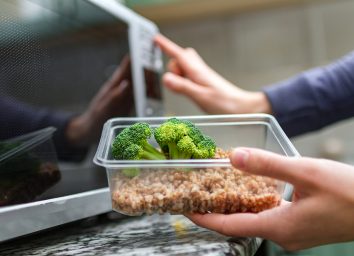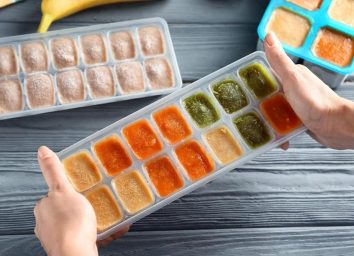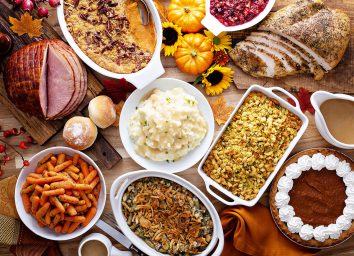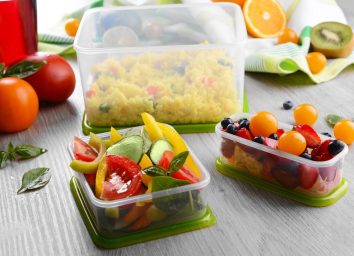Here's How Long Your Most Common Leftovers Are Good For
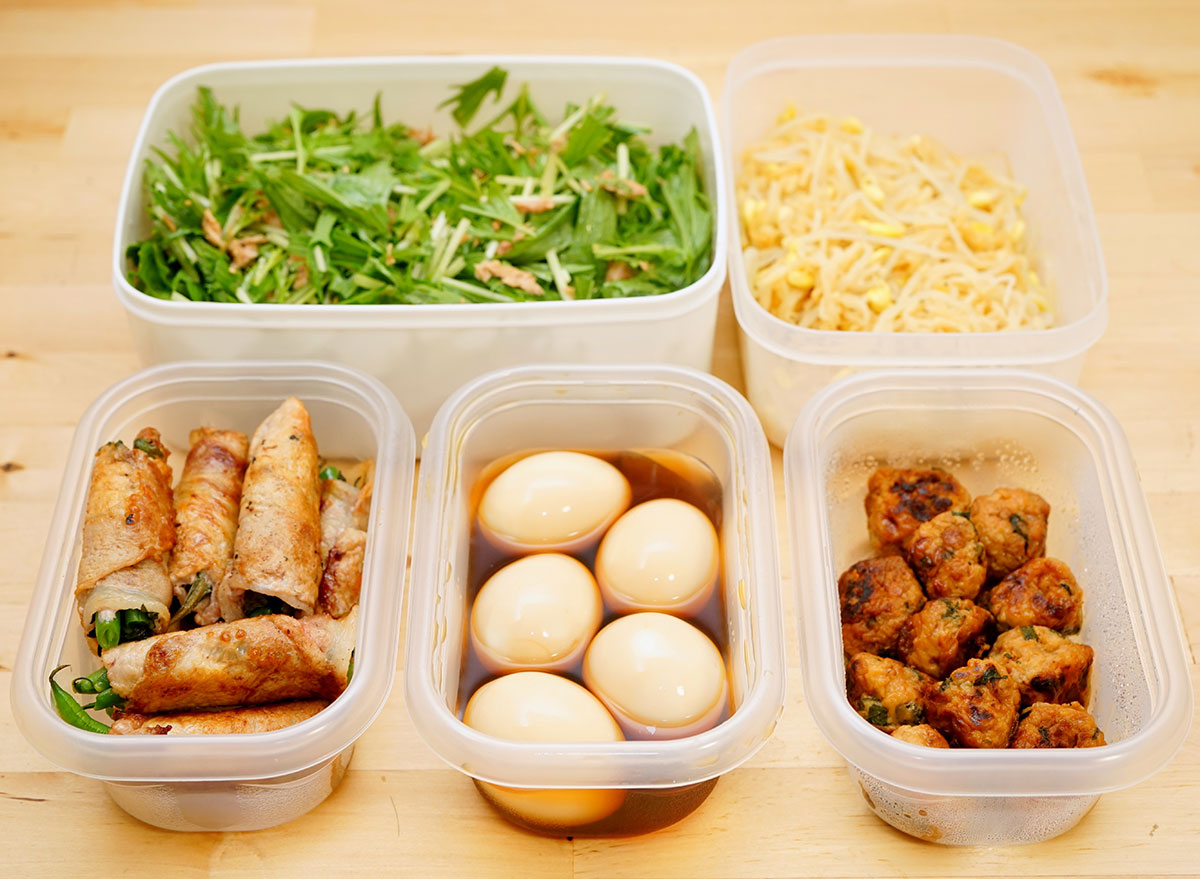
It's commonly known that food waste is a serious issue in the U.S. The United States Department of Agriculture estimates that between 30 and 40 percent of the nation's food supply is food waste alone. A lot of this food waste is attributable to food retailers and grocers throwing out produce, dairy, or meat products that didn't see the light of day before their expiration dates.
But that's not to say that food waste isn't as impactful at the consumer level either. How many times have you not finished your meal at a restaurant, meant to eat it the next day, and resurfaced it in your fridge a week later, or thrown out your leftovers from your most recent meal-prep because you weren't sure how long you had until the food went bad?
Well, there is a point where your leftovers are no longer considered healthy to eat, and they must be thrown out in order to prevent illness. Meredith Carothers, the technical information specialist at the USDA's Food Safety and Inspection Service, lent insight on when it's time to throw out leftovers so you don't run the risk of flirting with an upset stomach.
How long are leftovers good for?
"All cooked foods and leftovers can be kept in the refrigerator for three to four days after cooking. After that, they can start to spoil," says Carothers.
Whether you sautéed some veggies for a stir-fry or roasted a pork shoulder, they will remain safe to eat for about half of a week. It's also important that you know how to store them. The key to storing cooked foods in the fridge is quite simple: you want to make sure that you place these foods in airtight containers or make sure they're wrapped and sealed tightly in resealable storage bags. This will help the cooked food retain moisture and prevent harmful bacteria from tainting your food.
The USDA also advises you to refrigerate or freeze wrapped leftovers immediately after they have been initially cooked or reheated. Any foods that have been left out in room temperature for more than two hours after cooking must be discarded.
Which foodborne pathogen is most commonly found on leftovers that have been in the fridge for too long?
"There are two completely different families of bacteria: pathogenic bacteria, the kind that causes foodborne illness, and spoilage bacteria, the kind of bacteria that cause foods to deteriorate and develop unpleasant odors, tastes, and textures," says Carothers.
The USDA characterizes food that is sitting out in an environment ranging from 40 and 140 degrees Fahrenheit as the Danger Zone. "Pathogenic bacteria can grow rapidly in the Danger Zone…but they do not generally affect the taste, smell, or appearance of food. In other words, one cannot tell that a pathogen is present," she explains.
Spoilage bacteria, on the other hand, can actually grow at lower temperatures, such as in the refrigerator.
"Eventually, they cause food to develop off or bad tastes and smells," says Carothers. "Most people would not choose to eat spoiled food, but if they did, they probably would not get sick. It comes down to an issue of quality versus safety. As long as foods are not displaying signs of spoilage, they would still be OK to consume."
How can you tell if leftovers are still safe to eat?
"The first step in having safe leftovers is cooking the food safely," advises Carothers. "Use a food thermometer to make sure that the food is cooked to a safe, minimum internal temperature."
For example, poultry must reach an internal temperature of at least 165 degrees Fahrenheit, whereas a pork chop, a slab of steak, or a filet of salmon only have to reach a minimum of 145 degrees Fahrenheit. Ideally, leftovers of any kind that are reheated should reach an internal temperature of 165 degrees Fahrenheit to ensure that any trace of bacteria is killed. But, how likely is it for you to plunge a food thermometer into your leftover mac and cheese after letting it heat up for a minute in the microwave? Chances are probably slim to none, but it's never a wrong time to start using one!
So, next time you meal prep, make sure you eat your food within three or four days of making it. If you're planning farther out into the week and making a big batch of something, be smart and freeze some of your leftovers instead to keep them safe to eat until you do need them!
